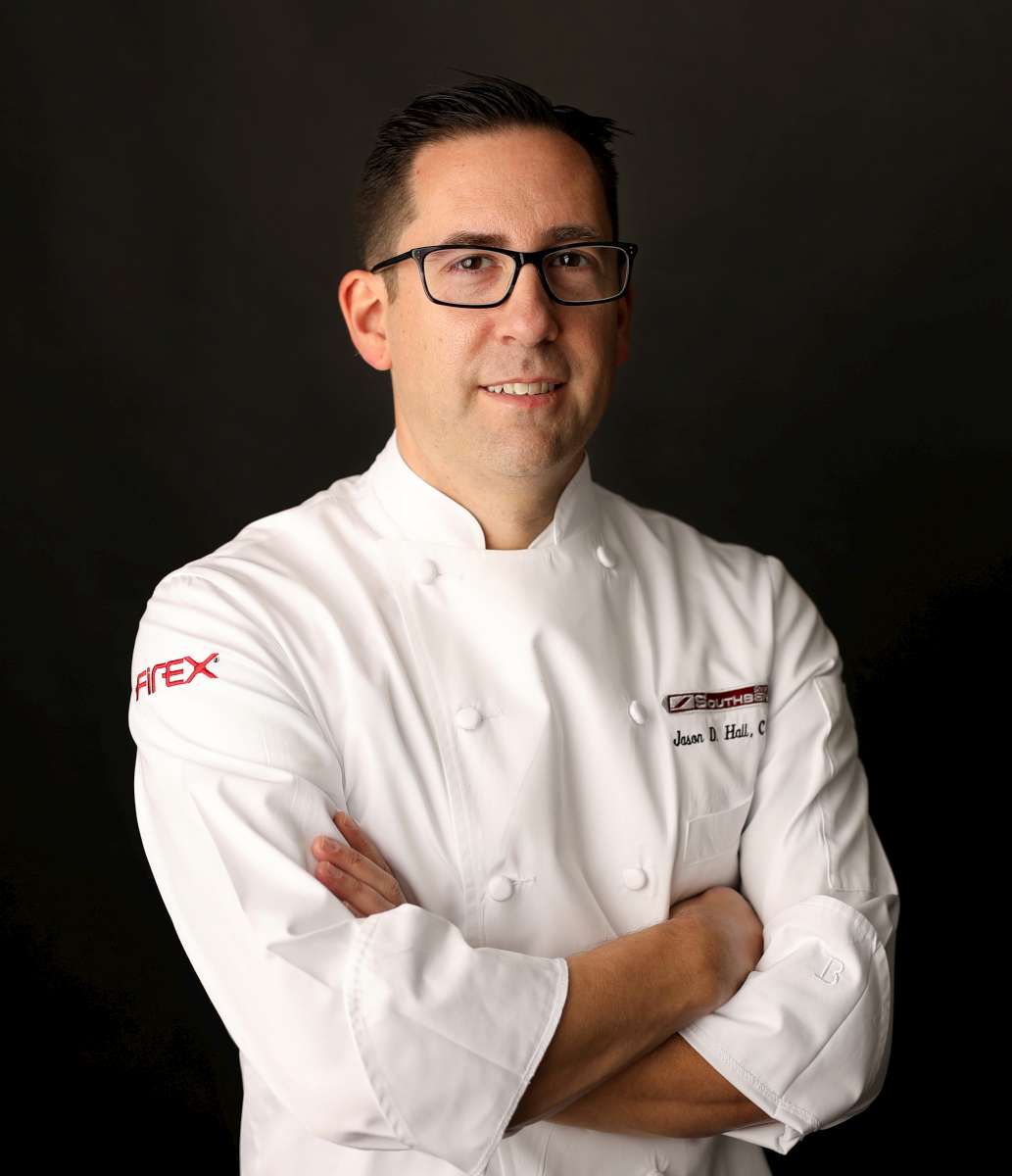How the Virus and the Use of Technology Has Changed Club and Foodservice Operations
By Jason D. Hall, CMC

Jason D Hall, CMC
While clubs will always hold a special place in my heart, I am blessed for many reasons to work on the culinary solutions side-of-things these days. I am fortunate to do what I love most from small scale to large volume commissaries – spending time assisting others with developing their kitchen layout, introducing customized equipment, and assisting them with unique needs for their operations.
I have found great satisfaction in understanding the needs of chefs and operators to help develop and re-tool their operations fitting the ever-changing needs of their specific program and food industry. I need not elaborate on how 2020 has impacted the industry, however I do know that it has created a different type of challenge for every customer that I work with. It is a new lens now for everyone that must look through to find the solution that works best for their operation and no two are the same.
There are similarities of course, a heightened focus and even marketing on sanitation which in a way was long overdue. Giving guests comfort is no longer just producing their food; providing sanitation practices just as aggressively is crucial to making guests, patrons and members feel safe.
One reoccurring process of this is the implementation and wider use of “Electrolyzed Water” and foggers as cleaning and sterilizing methods to better, and more efficiently, prevent bacteria. While there is a cost associated with both, they provide a solution that is much more effective than our traditional methods of cleaning and sanitizing.
“Doing more with less” is another repetitive concept that I discuss daily with the groups I work with. This could mean in a small operation or club that kitchen labor is now 30% less than in a normal volume year. It may mean that due to furloughs and layoffs the culinary team is forced to use labor from other departments for peak volume times. On the other side of things however, commissaries and packaging groups who provide volume to grocery stores are seeing massive surges in what they need to produce within their footprint. “Ghost Kitchen” is now a normal term to hear daily, where yes, it can mean a satellite location for production, or a location that has no store front for producing. The commonalities are flawless consistency, volume, reduction in labor and the need for intellectual cooking devices to ensure there is less loss, higher profit, safe production by recording HACCP parameters through cooking.
For this solution, it has been automation that has been a major new influencer in the industry. We now have the ability to use cooking intelligence to assist us in meeting our goals. I am not saying by any means that we should only rely on this technology, we still need to coach our culinarians to cook and master the fundamentals and teach them to be the future foodservice leaders. But there are many types of businesses struggling with reliable labor, who need this type of automation to assist their programs. When I demo these units or bring them to a group for the first time and begin to discuss cooking intelligence as we call it, I always reference the club days of when I needed that recipe for 200 to be made in banquets for tomorrow’s luncheon, and I knew that my best choices for that task were my Banquet Chef, Executive Sous Chef or Lead Sous Chef. I always questioned in allocating his or her labor for that process; did it make sense to pay them to complete it so I did not have to worry that it wouldn’t come out perfect? What if I could have passed all the mise en place to an entry level cook and told them to press start on the machine and had the same confidence in the end-result? It is definitely a pivot point for consideration and deeper discussion.
Our industry and the world we live in dictate new processes that become new standards. Remember at one point in time, sliced bread was not readily available, labor was used in-house to complete this menial task until it became a need driven by the changes in the industry to reduce the labor footprint. At another time, even when I first started cooking, it was not cost effective to purchase pre-portioned proteins; the industry, change of labor, skill, and demand dictated the need for change and the days of fully fabricated in-house protein programs started to slowly dilute. At another time through our culinary history there were little or no reputable pre-packaged dough or bread products; They had to be made in house only or sourced fresh from a bakery. Again, our demand, need for labor allocation along with many other factors pushed that production segment of the industry to provide solutions.
As the industry moves through this new challenging time, I see the pendulum of culinary needs, demands, labor re-allocation again swinging and transforming toward these newer reliances. From food science in production, packaging and thoughtful safe service of food and beverage and our growing focus on sanitation marketing, the demand for the products and development of the equipment to support these initiatives are all now paramount.


